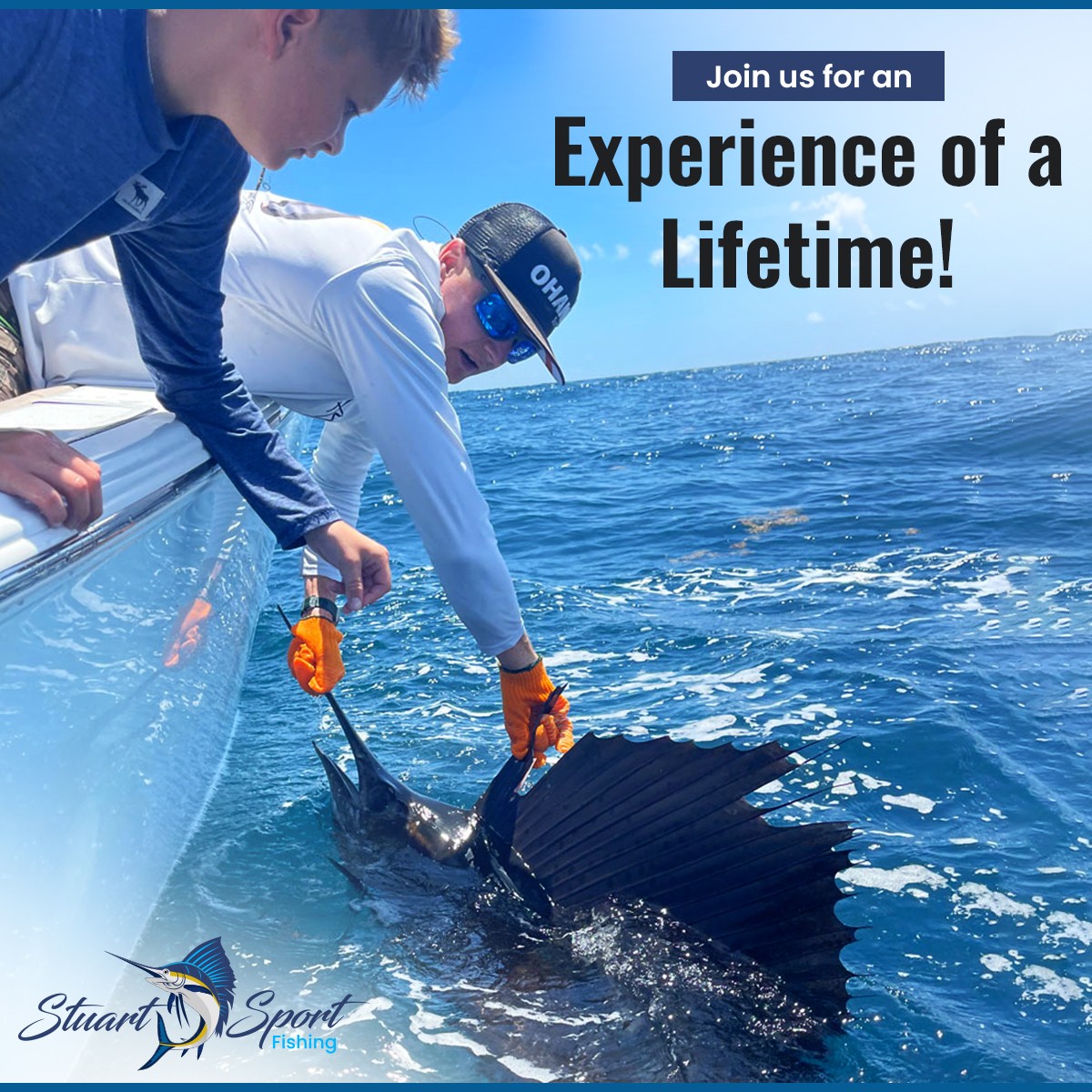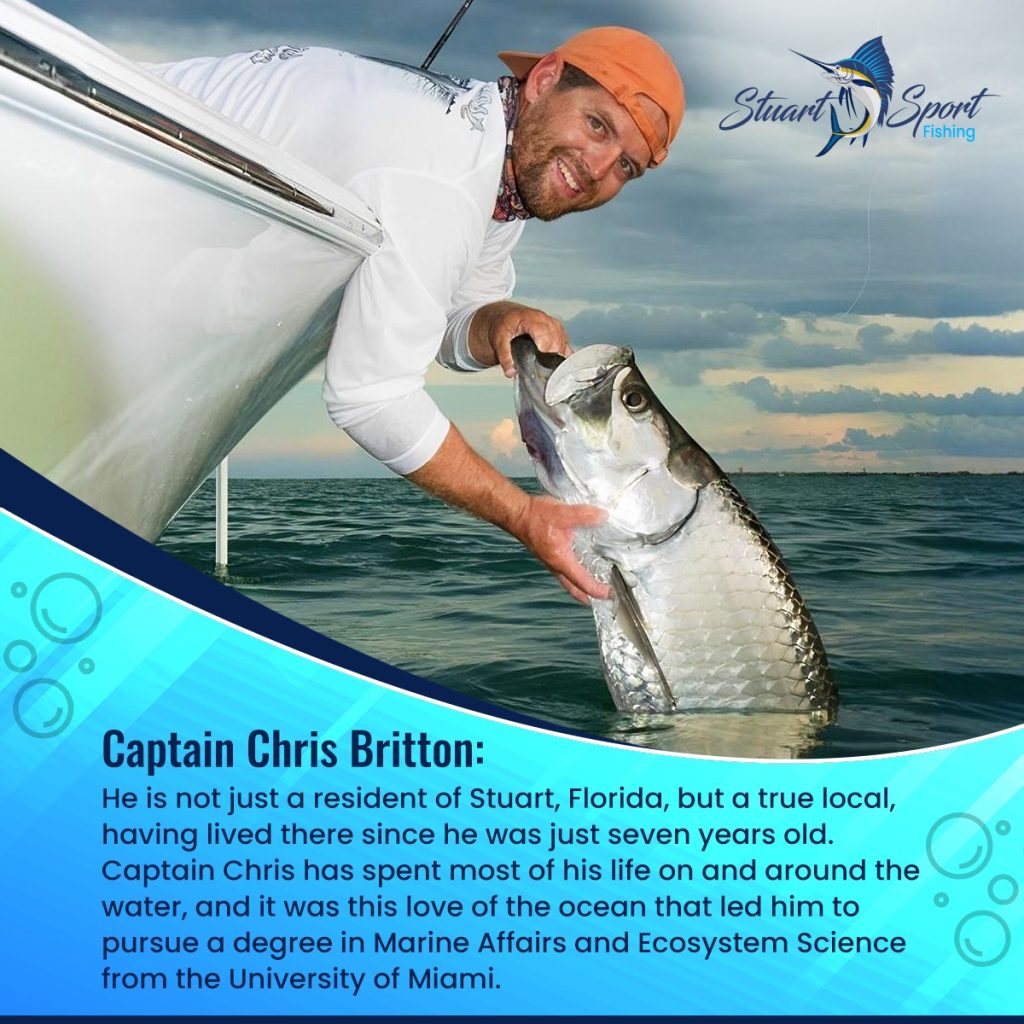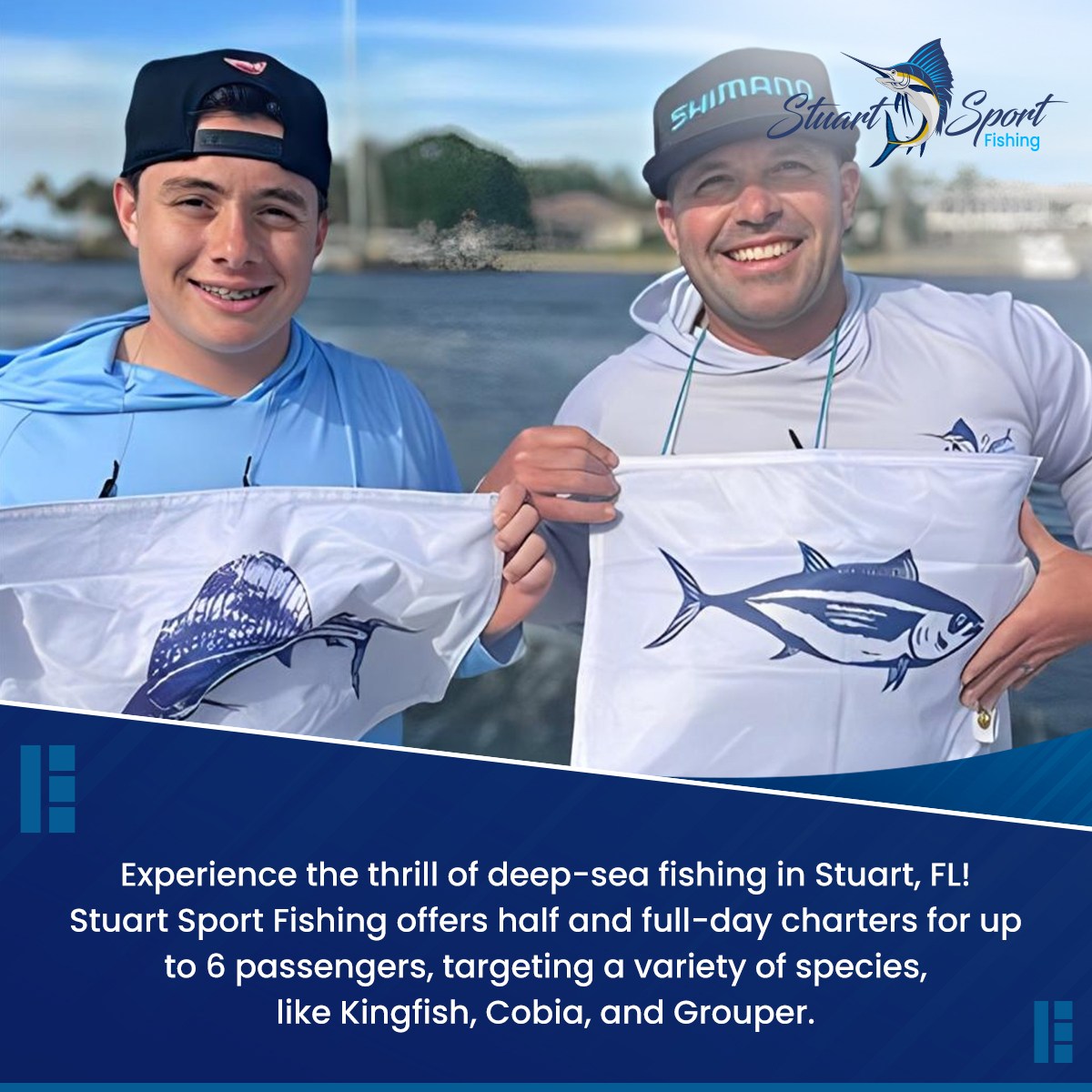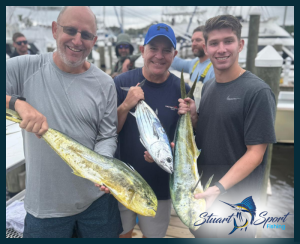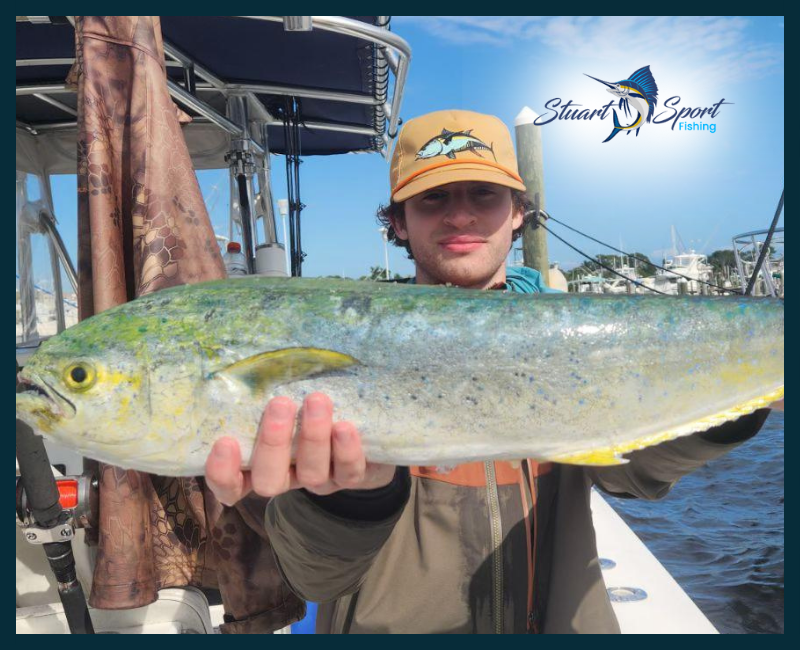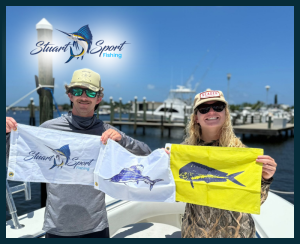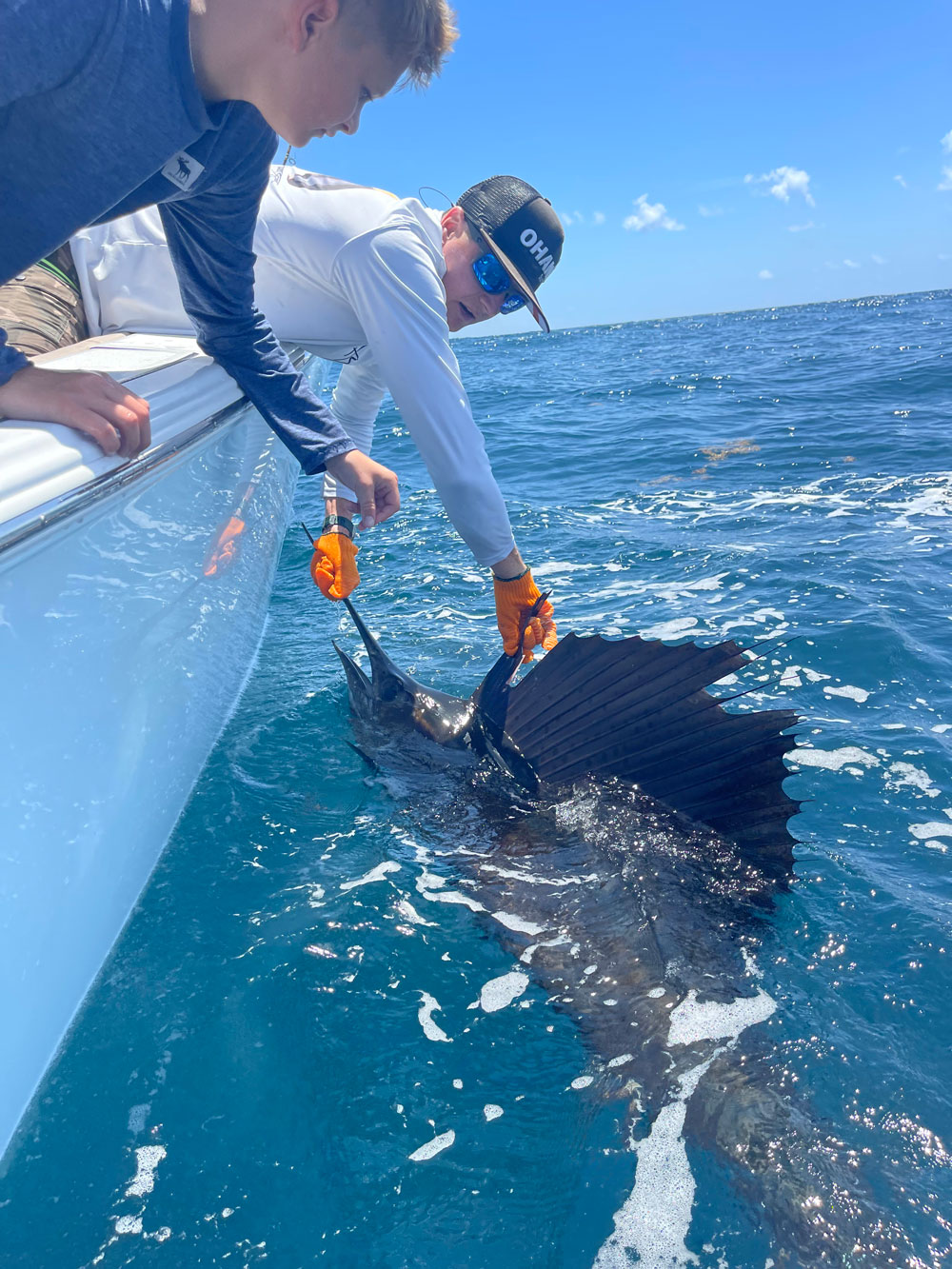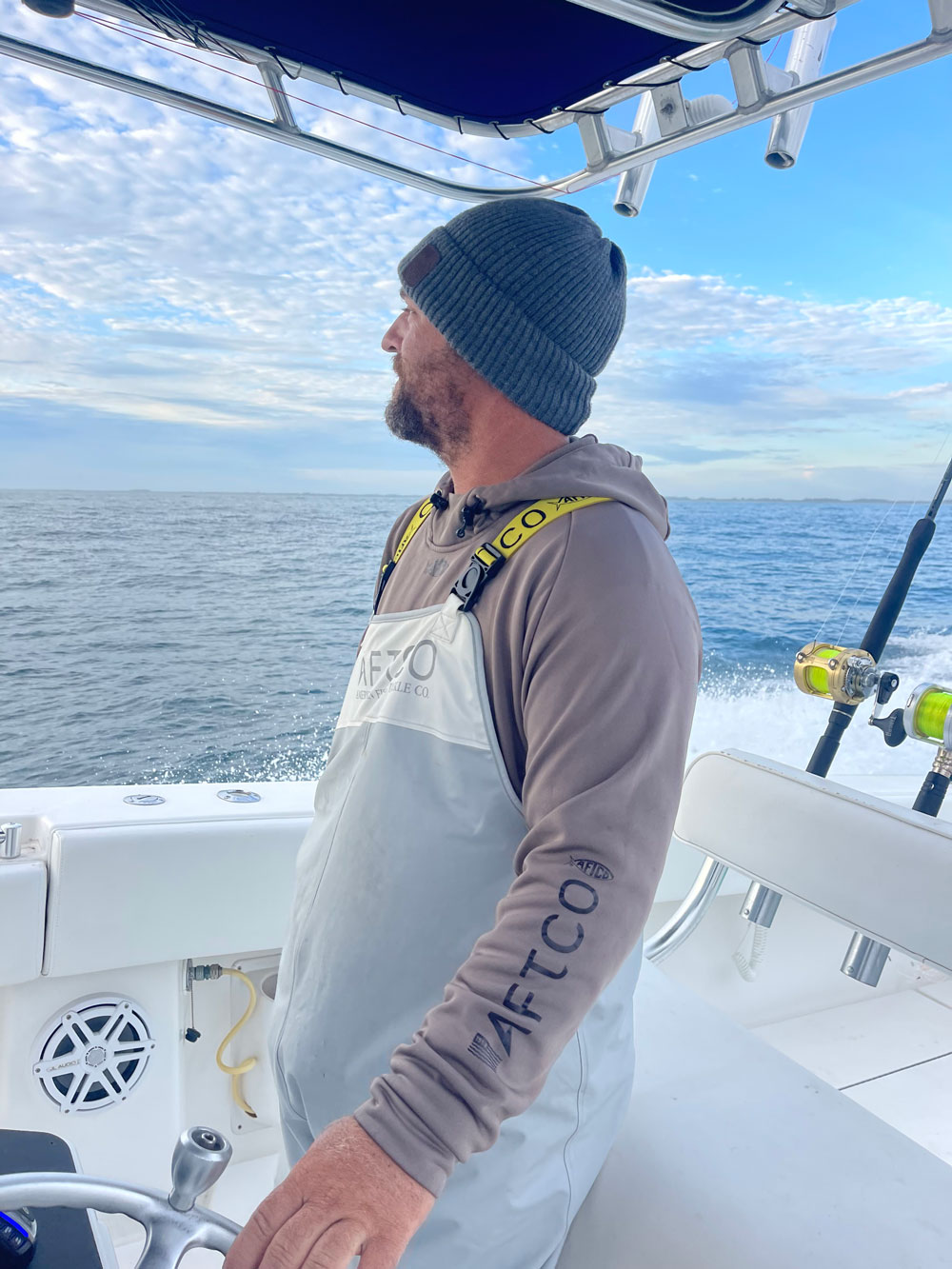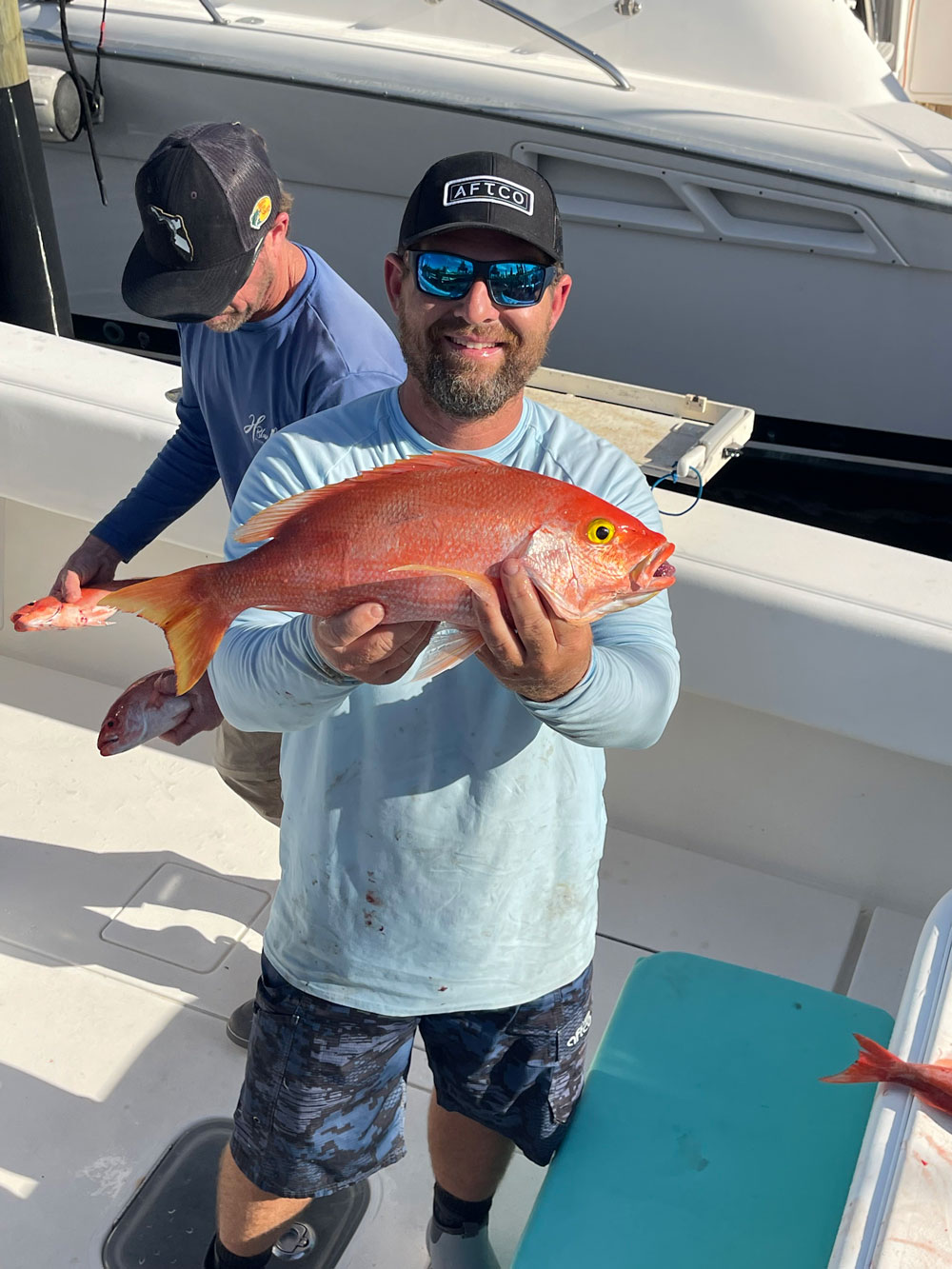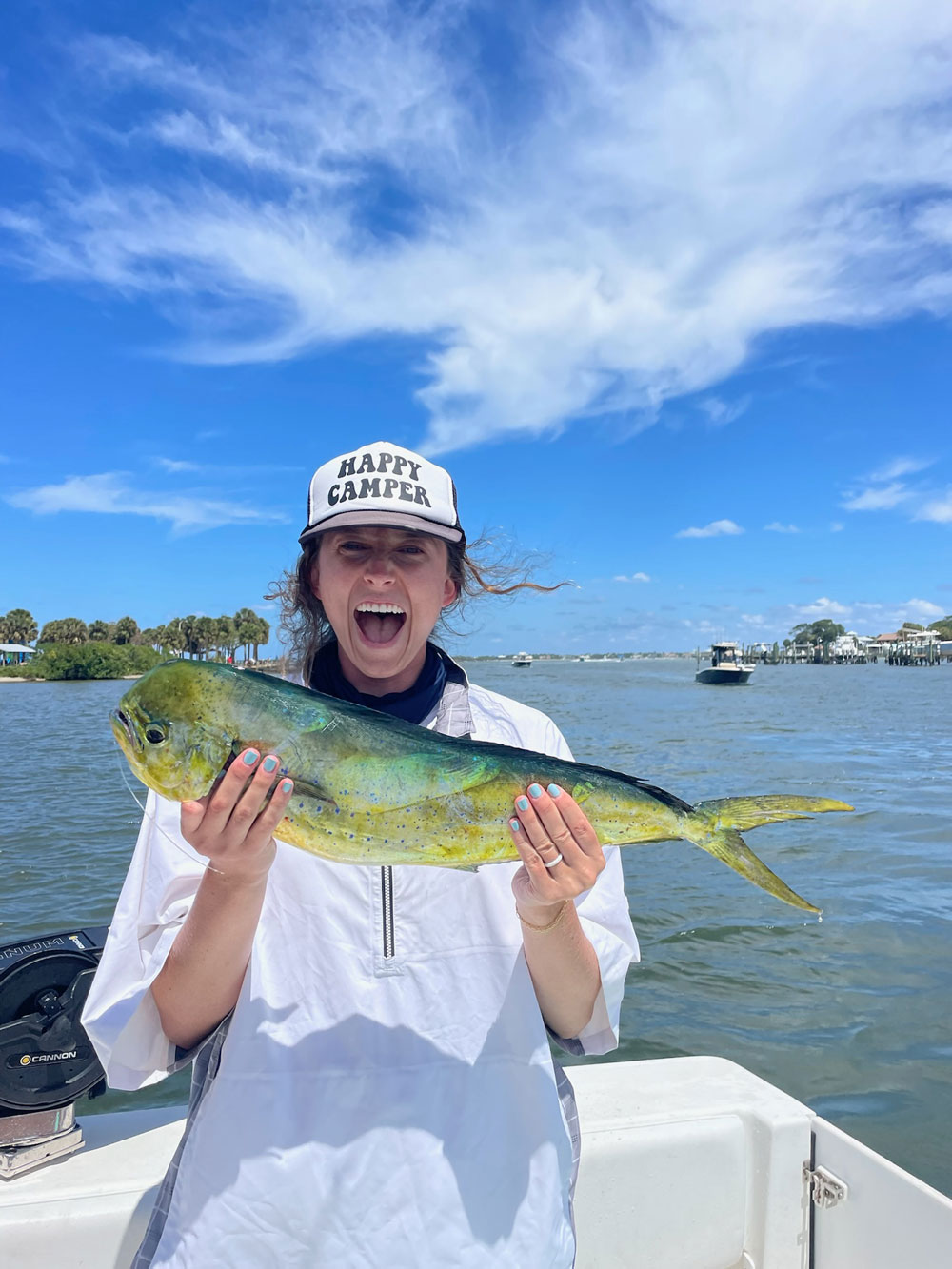Reeling in a fish is more than just turning a handle; it’s a delicate dance between angler and adversary. This guide breaks down essential techniques to smoothly bring your prize aboard.
Our fishing charters are based in Stuart, Florida, which is known as the sailfish capital of the world. Our 36 Contender Center Console, captained by Chris Britton, is the perfect fishing platform for your favorite type of offshore fishing. Whether you are an experienced angler targeting a trophy fish or a novice looking to catch whatever is biting today, we have the trip for you! Let’s fish!
Once you successfully set the hook, the fish instinctively struggles to get free. This might involve jumping, making a long run, swimming back against the line or swimming around obstacles. Each species of fish reacts differently. Fish hooked in shallow water are more likely to jump and behave more frantically than those hooked in deep water. Deep-water fish often seek the bottom.
How to Reel in Fish Properly
Because bigger fish pull harder, reeling in a big fish is often a challenge for most anglers, including experienced pros. The first sign that you’ve hooked a big one is the sound the reel makes when it speeds into reverse, taking line off your fishing reel while you are holding it tightly. Here is where you must remember your fishing reel techniques such as how to play a fish by not reeling in the line while the fish is swimming away. Other useful fishing reel tips for anglers just learning how to fish include:
- Relax and let the drag and rod do the work. Just keep the fishing rod up at about a 45-degree angle to the water, aim it straight towards the fish, and be ready to reel when the drag stops moving and buzzing.
- When the fish slows down and stops taking line off your reel, it’s time to go to work. When learning how to reel in a fish of greater size, a great technique to try is the pump and reel.
- Without reeling the fish in, lift the tip of the rod up like you’re trying to point it skyward to about 90 degrees. A stronger, or heavier fish will often put a major bend in your fishing rod, but don’t worry this is normal.
- Then reel as you lower the rod tip back down to about 45 degrees, keeping even pressure on the fish.
- Repeat this process.
Want to put these reeling techniques to the test? Join our experienced captains on a fishing charter and learn how to reel in your dream catch! Call us today at 772-202-0623 and create lasting memories. Dive deeper into our Instagram here.
Reference: [https://www.takemefishing.org/how-to-fish/how-to-catch-fish/how-to-reel-in-fish/]


